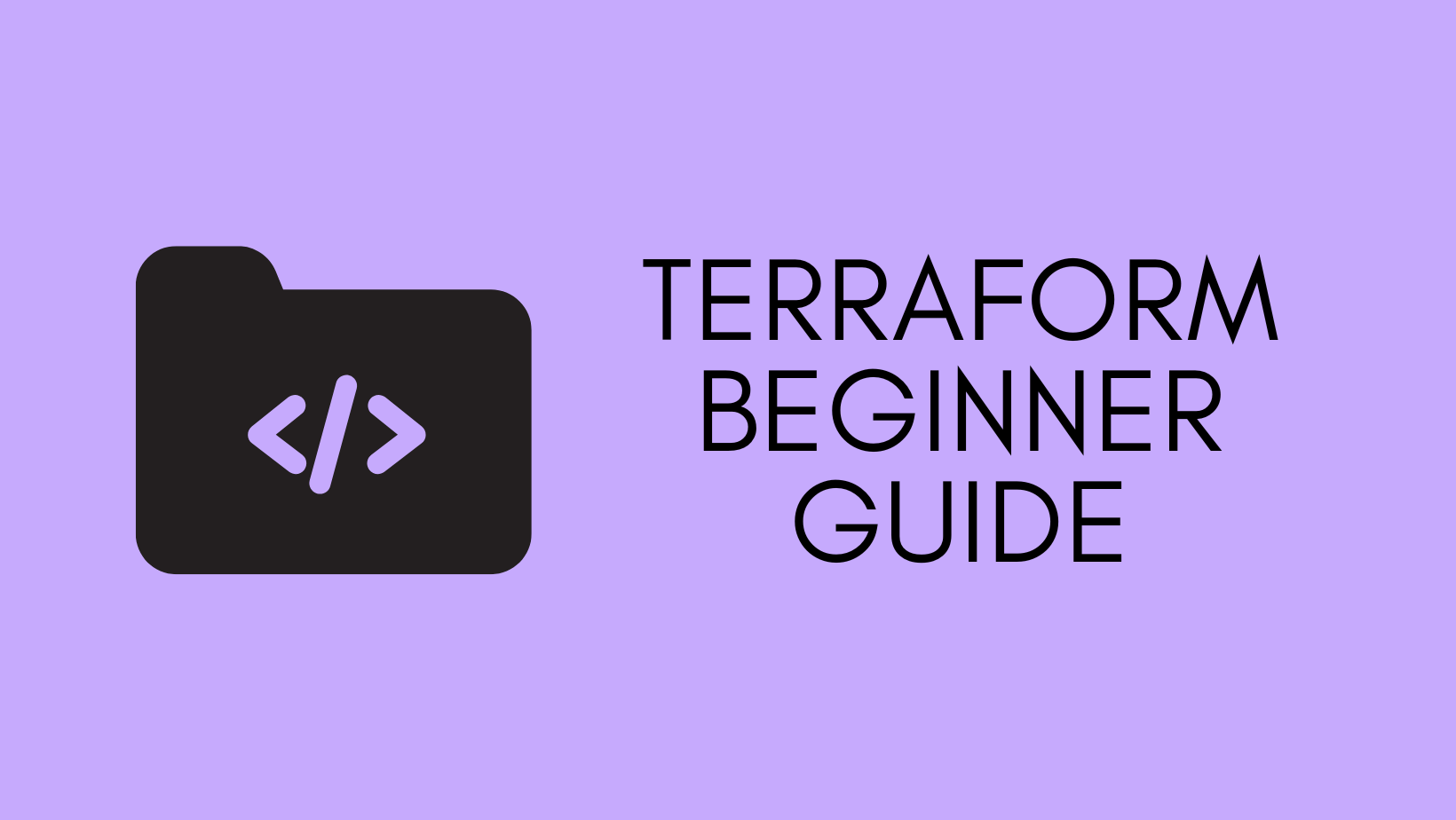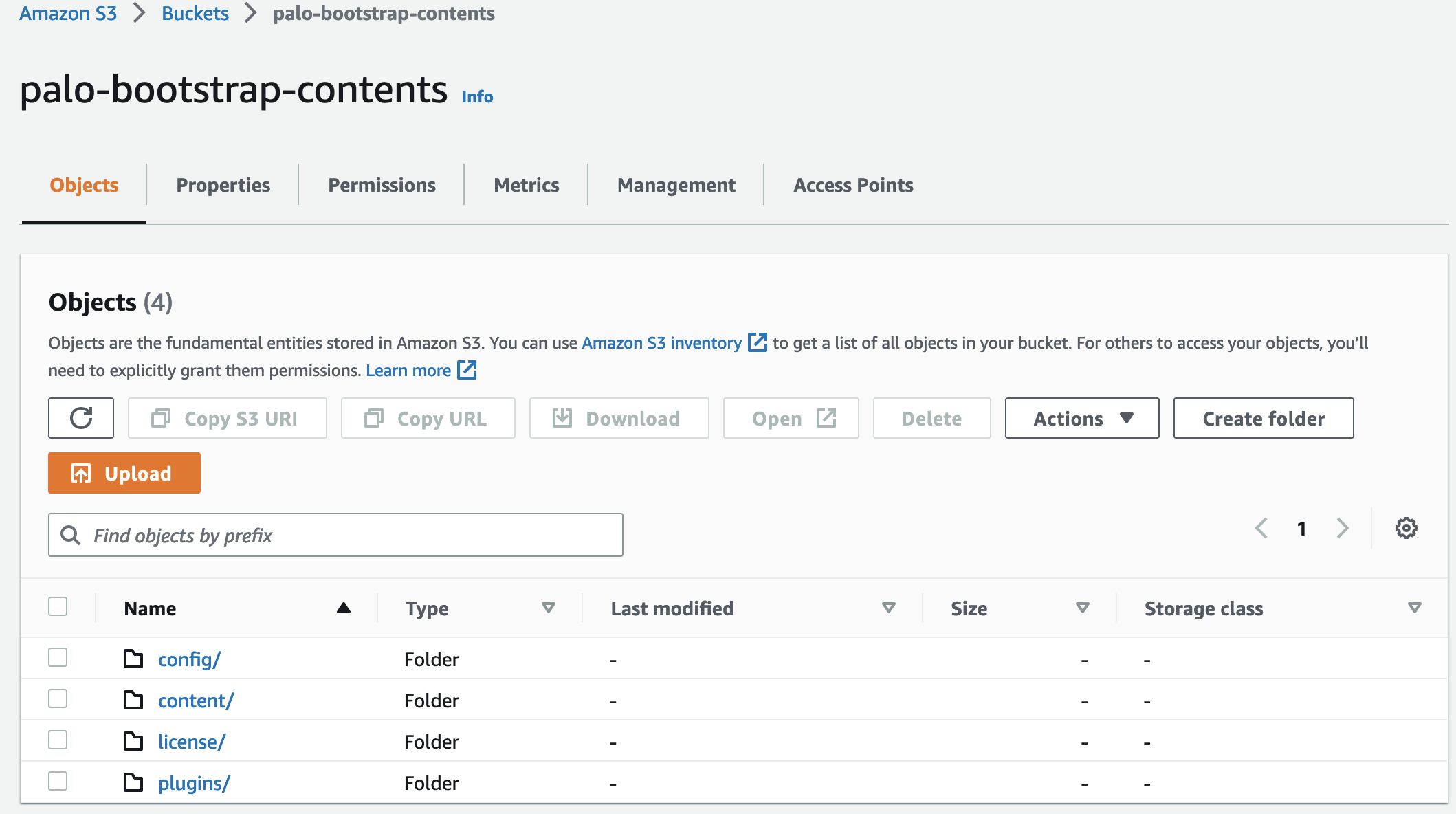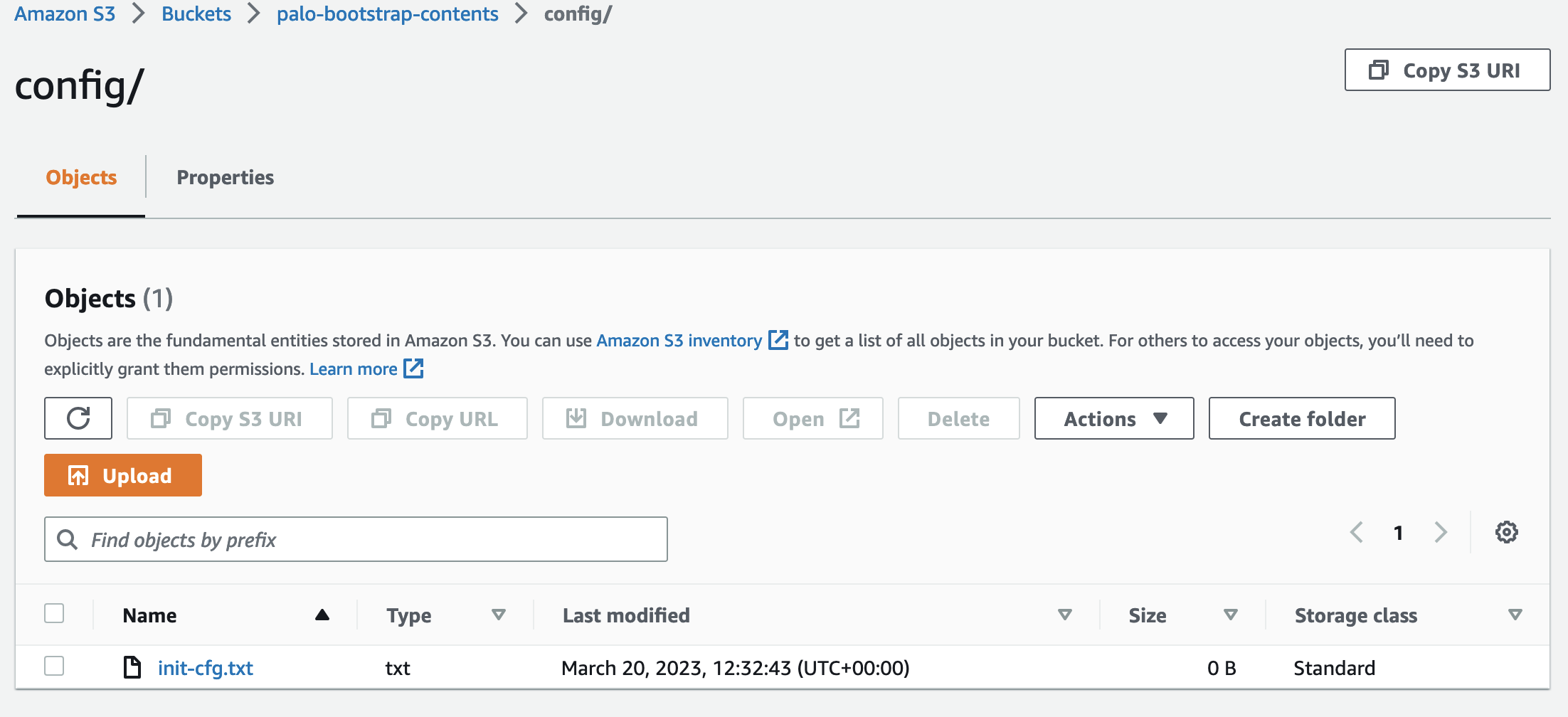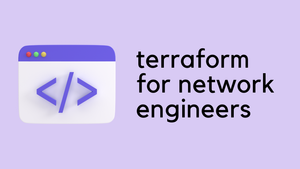Are you looking to easily upload multiple local files within multiple directories to an S3 bucket in AWS using Terraform? If so, you've come to the right place! In this blog post, we'll walk you through achieving this goal using Terraform.
Terraform is an Infrastructure as a code tool that allows you to automate the deployment and management of resources on various cloud platforms. We'll show you how to create a new S3 bucket in AWS and use Terraform to upload multiple local files, making managing and organising your data in the cloud easy. So, let's dive in and get started!
One of the use cases for this is when you deploy Palo Alto VM-Series firewalls in AWS with bootstrap. Bootstrapping allows the firewall to obtain the licenses and connect back to Panorama. For the bootstrap to work, you need to provide the required files to the firewalls using the exact same folder and file structure shown below.
/config
/content
/software
/license
/plugins
/config
0008C100105-init-cfg.txt
0008C100107-init-cfg.txt
bootstrap.xml
/content
panupv2-all-contents-488-2590
panup-all-antivirus-1494-1969
panup-all-wildfire-54746-61460
/software
PanOS_vm-9.1.0
/license
authcodes
0001A100110-url3.key
0001A100110-threats.key
0001A100110-url3-wildfire.key
/plugins
vm_series-2.0.2If you are not familiar with Terraform, I highly recommend checking my Terraform Introduction post below.

Our ultimate goal here is to create an S3 bucket and then upload all the directories/files shown above with Terraform.
Example
create_s3 directory contains the Terraform configuration files and s3_bootstrap contains the bootstrap files that are going into the bucket.
.
├── create_s3
│ ├── main.tf
│ ├── provider.tf
└── s3_bootstrap
├── config
│ └── init-cfg.txt
├── content
│ ├── panup-all-antivirus-4391-4908
│ ├── panupv2-all-contents-8686-7925
│ └── panupv3-all-wildfire-751341-754782
├── license
│ └── authcodes
└── plugins
└── vm_series-2.0.2
6 directories, 10 filesFileset Function
fileset function returns a set of file paths matching a particular pattern in a particular base directory.
fileset(path, pattern)A few of the supported pattern matches are shown below.
*- matches any sequence of non-separator characters**- matches any sequence of characters, including separator characters?- matches any single non-separator character
To match all the files and sub-directories, we can use the ** pattern as shown below. I'm telling Terraform to go and fetch all the files from the parent directory s3_bootstrap
> fileset("s3_bootstrap", "**")
toset([
"config/init-cfg.txt",
"content/panup-all-antivirus-4391-4908",
"content/panupv2-all-contents-8686-7925",
"content/panupv3-all-wildfire-751341-754782",
"license/authcodes",
"plugins/vm_series-2.0.2",
])You can now combine that with a for_each loop to upload the matching files to the S3 bucket.
Terraform Configurations
provider "aws" {
region = "eu-west-1"
}locals {
s3_bootstrap_filepath = "../s3_bootstrap"
}
resource "aws_s3_bucket" "bootstrap" {
bucket = "palo-bootstrap-contents"
tags = {
Name = "Bootstrap"
}
}
resource "aws_s3_bucket_acl" "acl" {
bucket = aws_s3_bucket.bootstrap.id
acl = "private"
}
resource "aws_s3_bucket_public_access_block" "public_access" {
bucket = aws_s3_bucket.bootstrap.id
block_public_acls = true
block_public_policy = true
ignore_public_acls = true
restrict_public_buckets = true
}
resource "aws_s3_object" "bootstrap_files" {
for_each = fileset(local.s3_bootstrap_filepath, "**")
bucket = aws_s3_bucket.bootstrap.id
key = each.key
source = "${local.s3_bootstrap_filepath}/${each.value}"
etag = filemd5("${local.s3_bootstrap_filepath}/${each.value}")
}Once you run terraform apply, the objects will be created in the bucket.



You can also check the contents of the bucket using the s3-tree command
suresh@mac:~/Documents/create_s3|⇒ s3-tree palo-bootstrap-contents
palo-bootstrap-contents
├── config
│ └── init-cfg.txt
├── content
│ ├── panup-all-antivirus-4391-4908
│ ├── panupv2-all-contents-8686-7925
│ └── panupv3-all-wildfire-751341-754782
├── license
│ └── authcodes
└── plugins
└── vm_series-2.0.2
4 directories, 6 filesReferences
https://developer.hashicorp.com/terraform/language/functions/fileset





